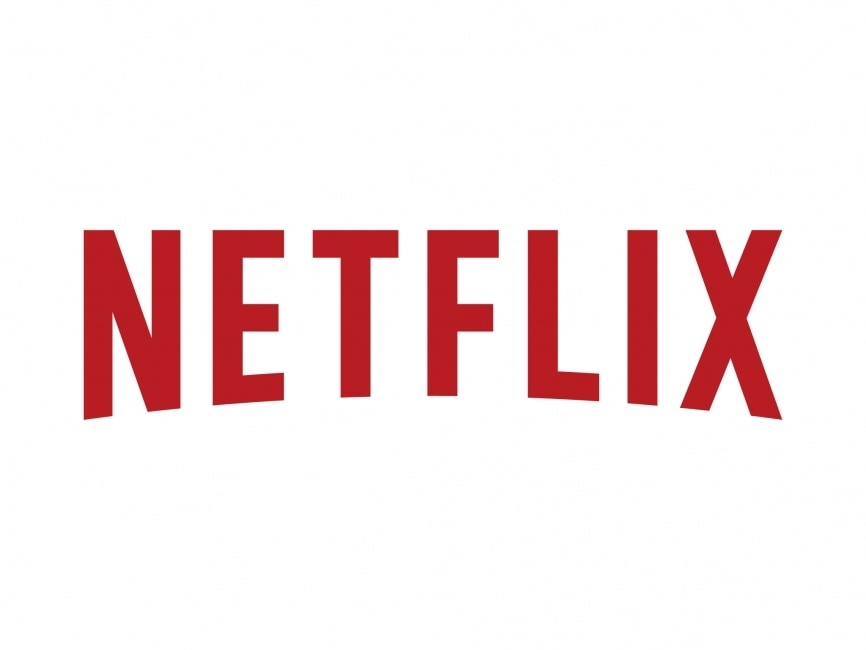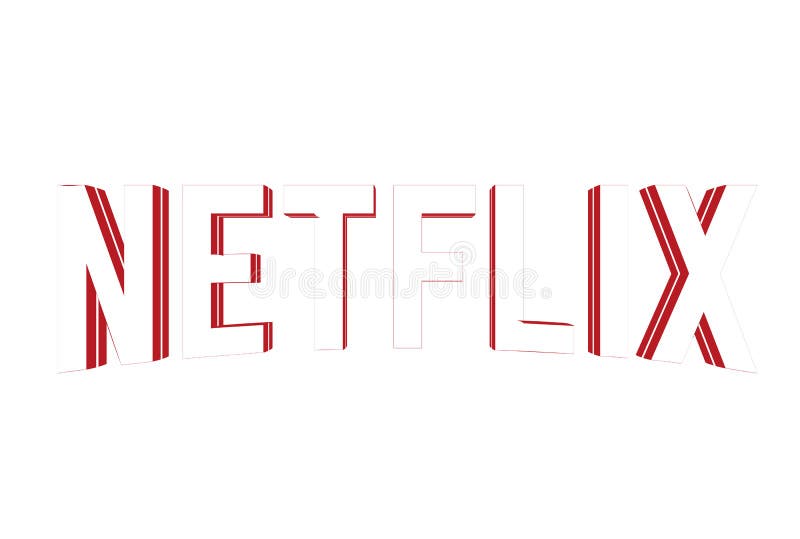
The logo embodies a “z-axis design element,” endowing the “N” with the subtle depth. Maintaining its recognizable black and red colour palette, a drop shadow is pronounced to give out a simple 3D design in the letter (Marateck).

In 2016, Netflix stretched further and revealed another logo for the main use in a smaller-size application, such as an app icon, by bringing the initial “N” into the model. Removing the bold, black outlines and replacing with bold, yet balanced, san-serif font enabled a more versatile and well-defined design. They maintained san-serif typography but in a Gothic font, which stands less narrow with higher legibility than the previous design. The red coloured the type laid on top of the black background to create a vivid contrast and to emanate a “premium cinematic feel” (“Symbol”). The significant colour red and the arched text persisted however, they were utilized differently. With all the aforesaid factors considered, the current logo that we know now came to the surface in 2014. Moreover, the growing use of smaller devices, like tablets, had to be considered since the logo had to be rendered into smaller sizes fit for smaller screens.įig.
#NETFLIX LOGO TV#
The revision in the logo was necessary as the typographic style and bold black outlines reminded “too much of old Hollywood posters to properly represent Netflix’s growing model of streaming TV shows, and even personally licensed Netflix series” (“Learning from Netflix’s New Logo Design”). Netflix quickly grasped on to the change and began to mainly offer online subscription-based streaming services that we know today. Although they started as a disc distribution rental company, the evolution of media and emerging technologies like smartphones and tablets eventually replaced the DVD with online streaming services. This design was successful as it remained for fourteen years however, it had to give up its place due to the big shift in Netflix’s business model. The arched bottom of the text, possibly an influence derived from the round film reel of the previous logo, paid an additional flavour to its characteristics (“The Evolution of the Netflix Logo”).
#NETFLIX LOGO FULL#
It was eyecatching and full of bold characteristics: A clear, white, long and narrow typeface framed with black casting shadows laid on top of the notable red background.

Unlike the first one, the second logo did perform quite a successful remark. The logo only lasted three years until the replacement came in in 2000. Although it does manifest an aspect of what the business offers, it was not enough. The very first logo Netflix had was a very generic black text in a serif font with a spiral, representing a celluloid film, dividing the words “net” and “flix.” It has a poor representation of the company as it is hard to recognize Netflix’s identity without recognizing the film reel. It all started in 1997 when Reed Hastings and Marc Randolph got together to build a DVD rental business. Netflix, a subscription-based streaming platform with over 150 million worldwide users, has distinctive logo history over the recent twenty-two years.


 0 kommentar(er)
0 kommentar(er)
